Specimens That Grows in Zone 5
aloha2009
11 years ago
Related Stories
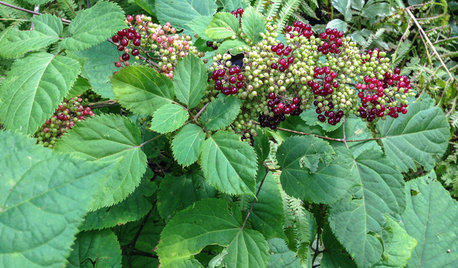
Great Design Plant: Aralia Racemosa Is a Stately Specimen for the Shade
Plant American spikenard in eastern and southwestern U.S. gardens for midsummer color and nourishment for migrating birds
Full Story
FALL GARDENING5 Fall Fruits You Can Grow in Containers
Brighten your porch or patio with a potted pomegranate, kumquat, blueberry bush or another great fall fruit
Full Story
EDIBLE GARDENSSummer Crop: How to Grow Blueberries
Plant blueberries in spring or fall for garden beauty through three seasons — and a sweet superfood in summer
Full Story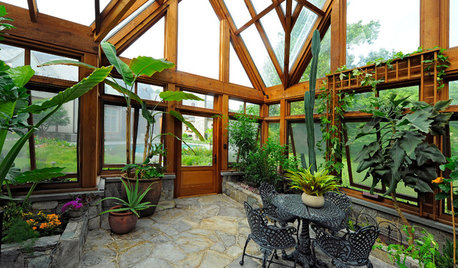
EDIBLE GARDENSThe Enticing Garden: How to Grow Bananas
Sweeten your dining table with surprising flavors of banana cultivars while adding tropical flavor to your garden
Full Story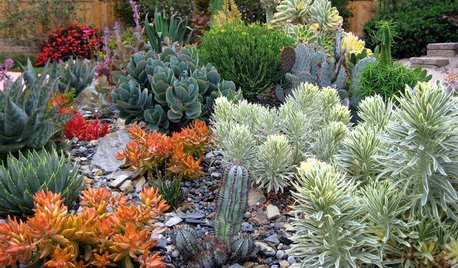
GARDENING GUIDESA Beginner’s Guide to Growing Succulents
Their easy-care reputation is well-deserved, but a little TLC will turn succulents into star plants
Full Story
EDIBLE GARDENSWhy Grow Quince? For Beauty, Fragrance and Old-Time Flavor
Delightfully perfumed fruit and lovely spring blossoms make this apple and pear cousin worth a spot in the garden
Full Story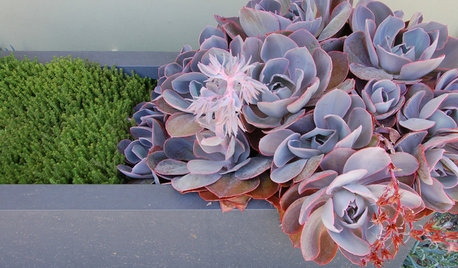
SUCCULENTSGrow a Garden of Succulents for Easy Beauty
Low-water plants in a wide range of colors, shapes and sizes? Sign us up — and check out our faves here
Full Story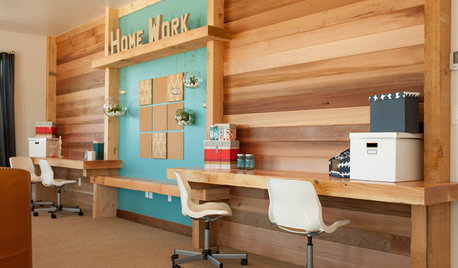
KIDS’ SPACES5 Ideas for a Great Home Learning Zone
Get your child off to a good start this school year with homework areas and strategies that reduce the frenzy
Full Story
GARDENING GUIDESHow to Keep Your Trees Healthy
Ensure your trees’ vigor for years to come with these tips for protecting roots, watering effectively and more
Full Story
FRUIT TREESHow to Grow Your Own Persimmons
Sturdy and easy to care for, these trees offer bright fruit through winter — and keeping them in bounds is no sweat
Full Story





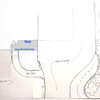

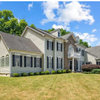

duluthinbloomz4
duluthinbloomz4
Related Professionals
Edmond Landscape Architects & Landscape Designers · Windham Landscape Architects & Landscape Designers · Bellflower Landscape Architects & Landscape Designers · East Rancho Dominguez Landscape Architects & Landscape Designers · Saint Louis Park Landscape Architects & Landscape Designers · Walnut Landscape Architects & Landscape Designers · Chesapeake Ranch Estates Landscape Contractors · Lady Lake Landscape Contractors · Miller Place Landscape Contractors · Royal Oak Landscape Contractors · Hendersonville Decks, Patios & Outdoor Enclosures · Novi Decks, Patios & Outdoor Enclosures · Apple Valley Swimming Pool Builders · Castaic Swimming Pool Builders · Orangevale Swimming Pool Buildersdesignoline6
designoline6
cearbhaill (zone 6b Eastern Kentucky)
aloha2009Original Author
duluthinbloomz4
Yardvaark
gardengal48 (PNW Z8/9)
duluthinbloomz4
Yardvaark